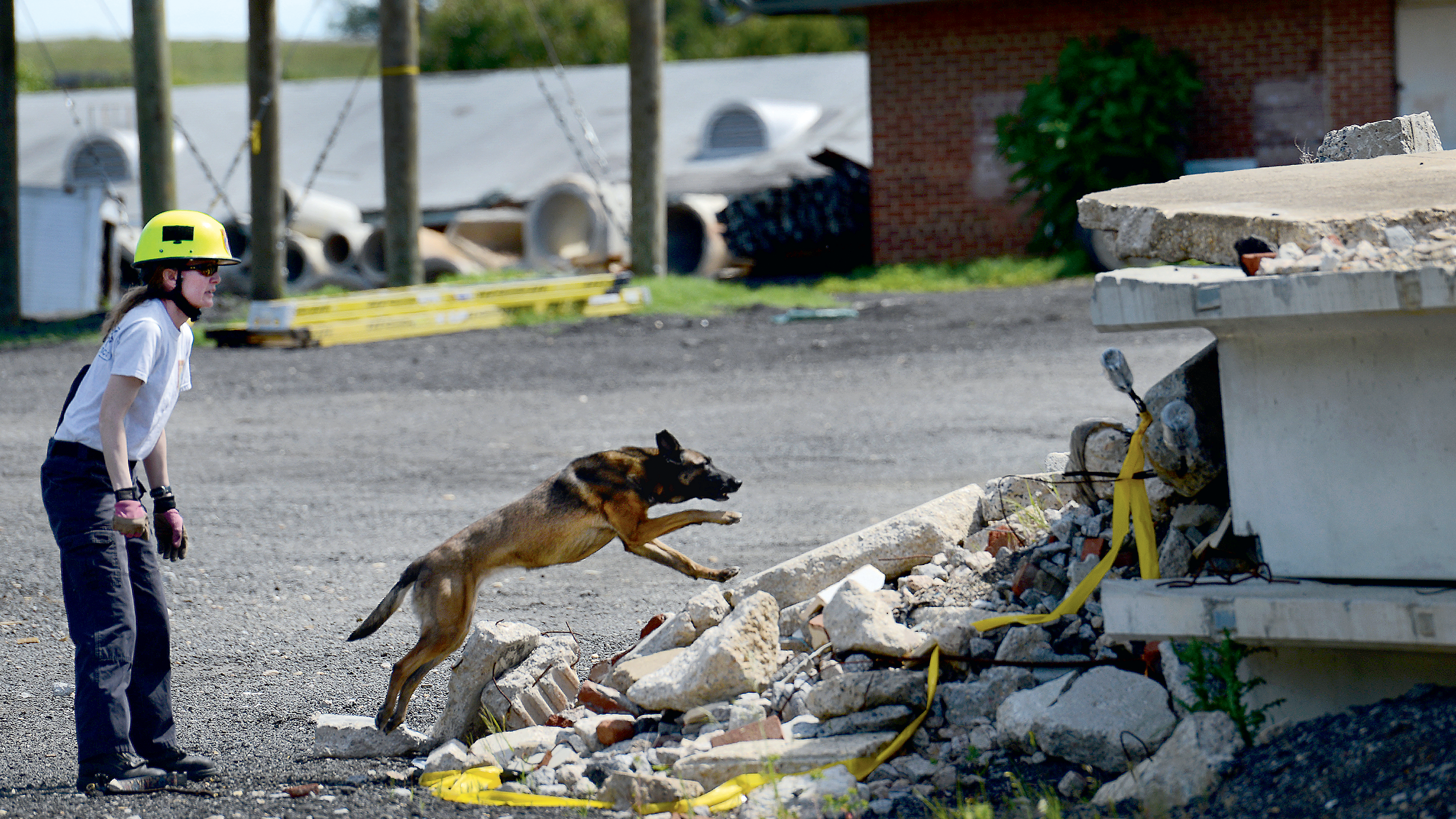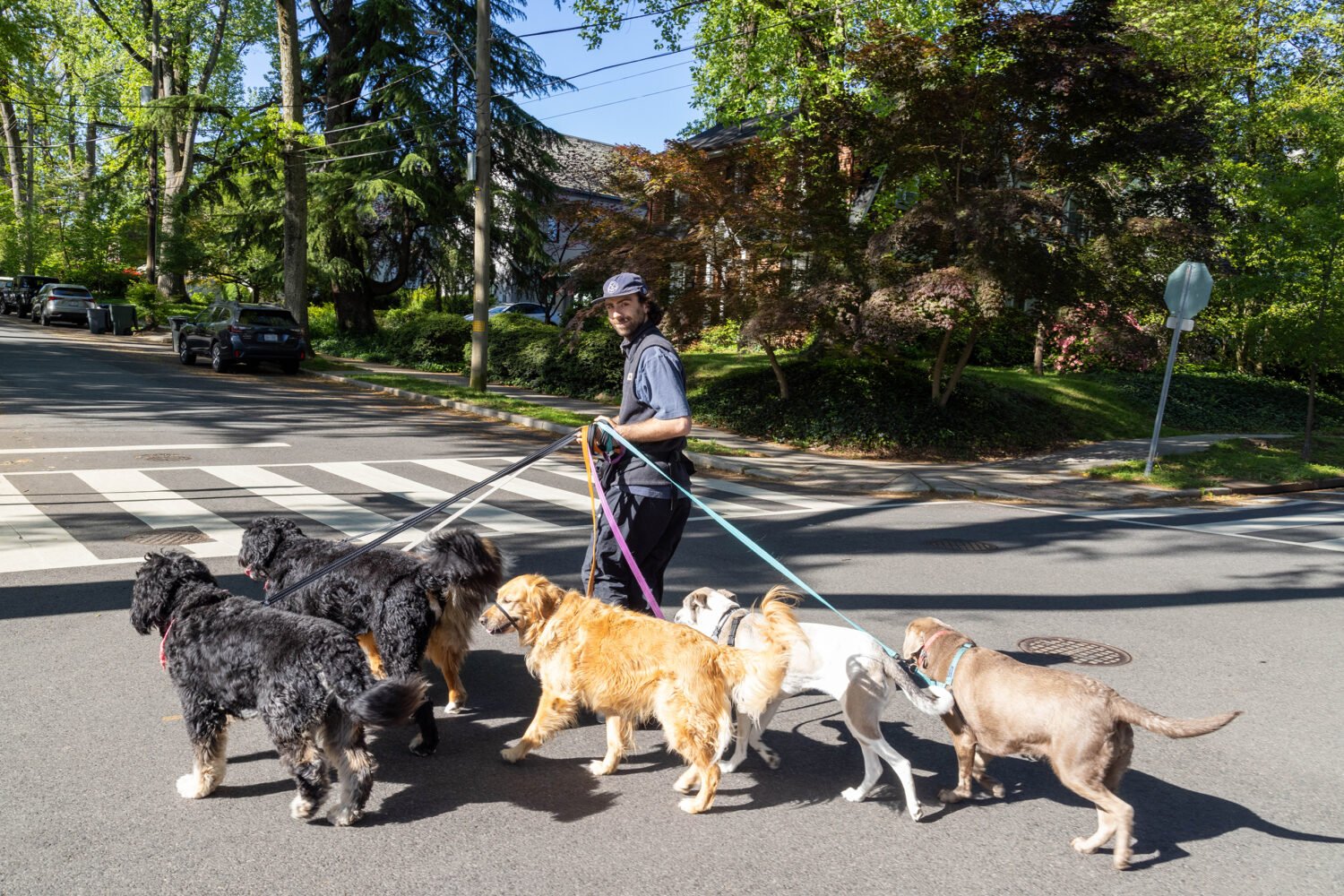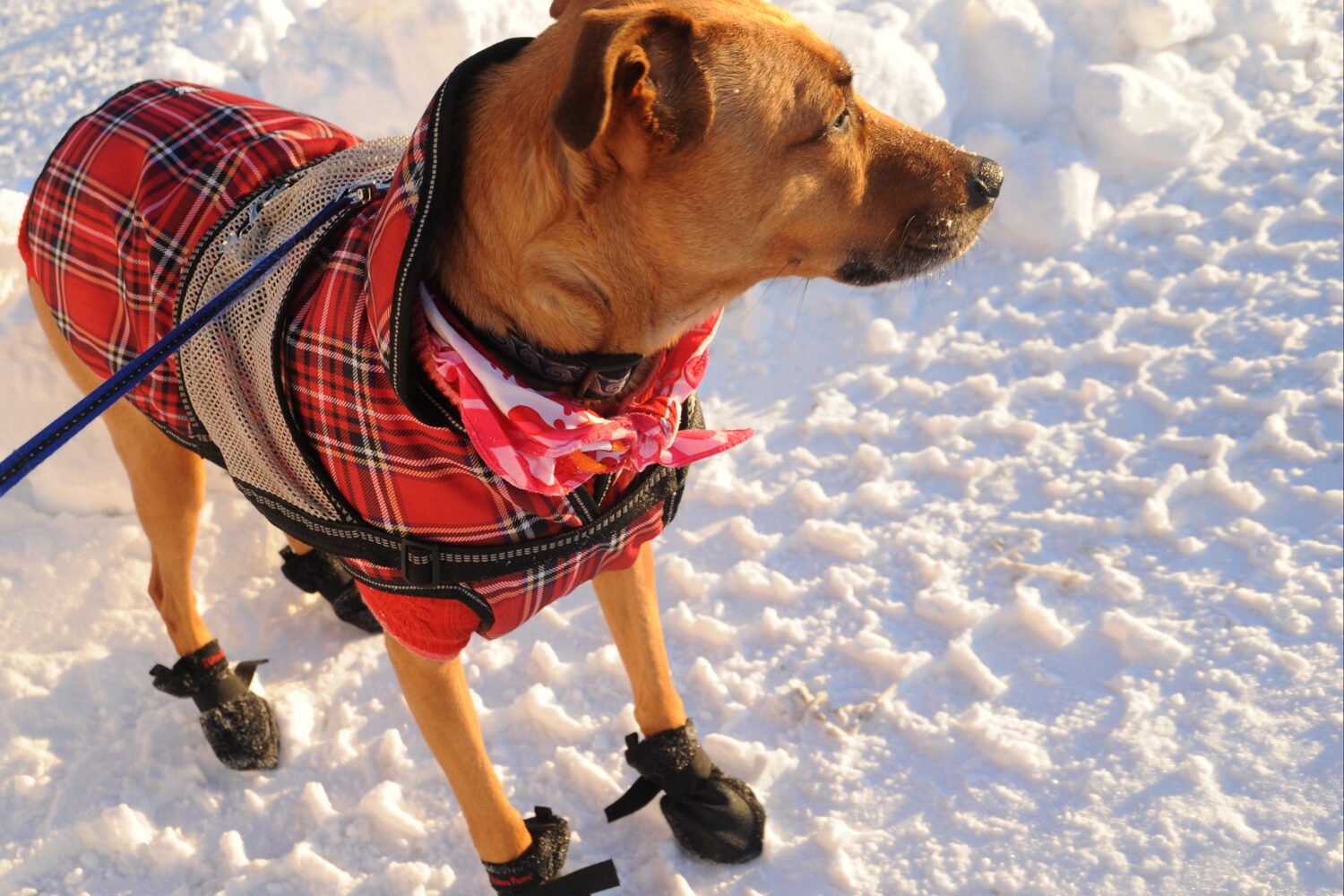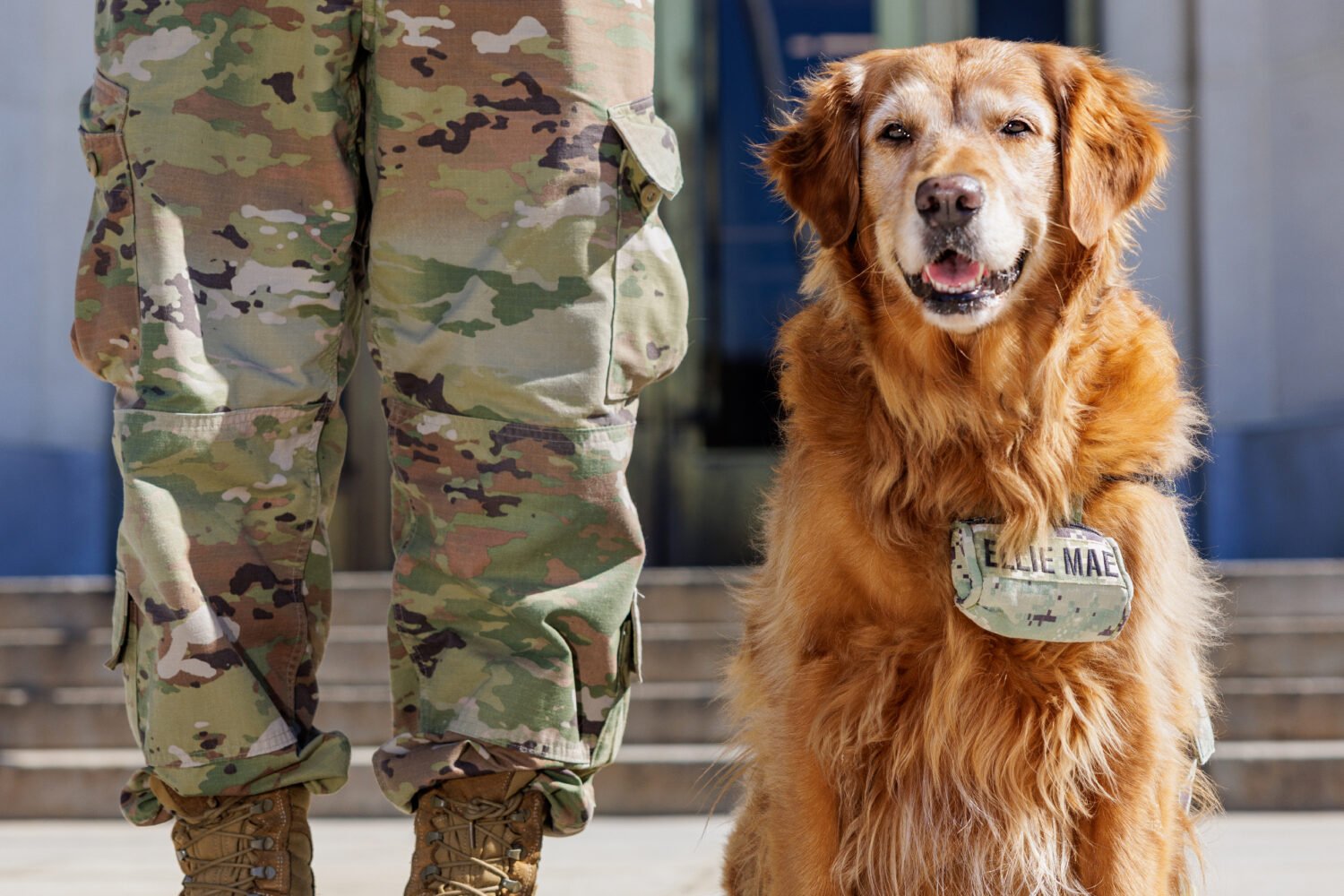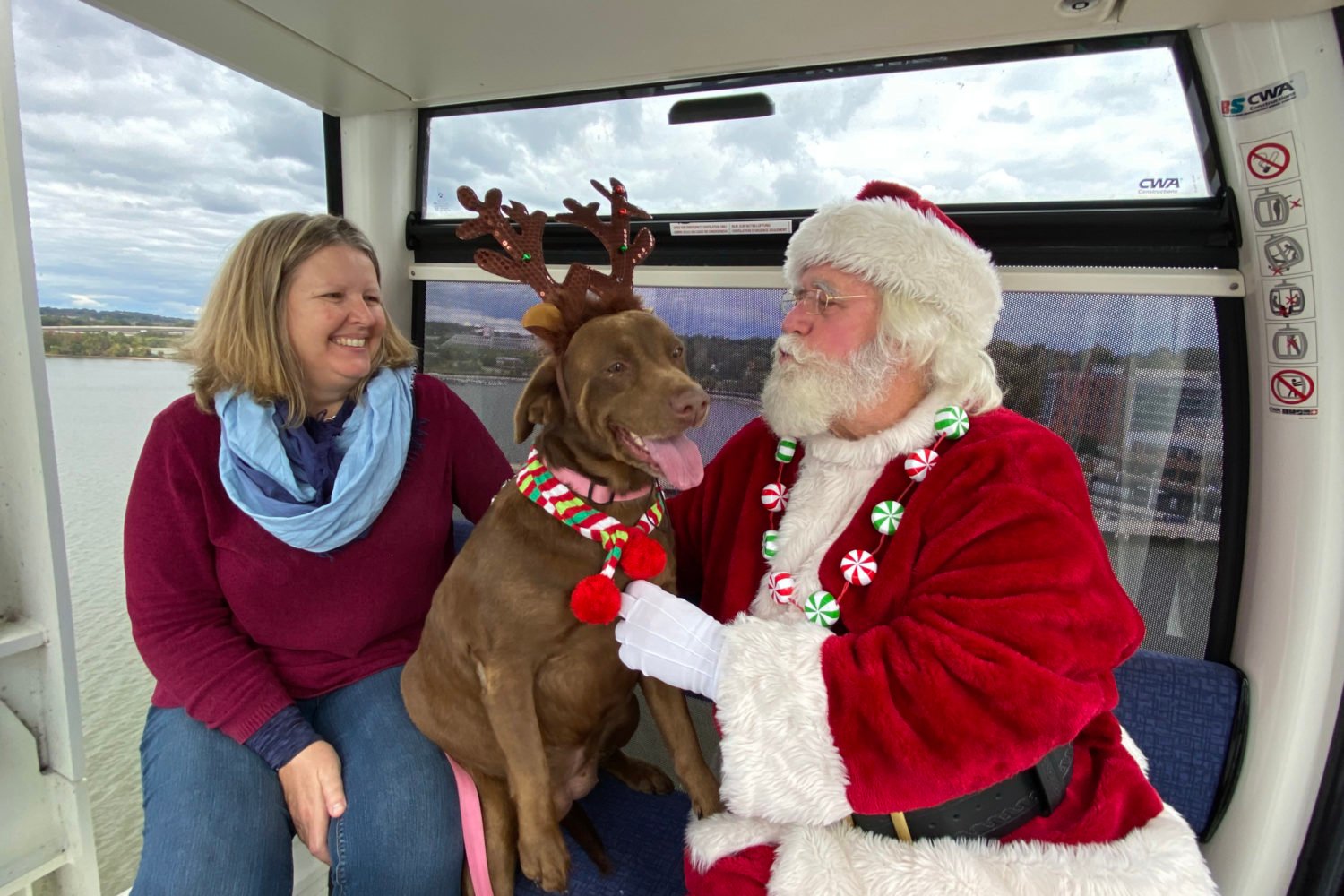In 1985, an earthquake struck Mexico City. It registered 8.1 on the Richter scale and killed at least 5,000 people. But one of its less dramatic effects lives on 32 years later in Washington: Fairfax County Fire and Rescue’s Virginia Task Force 1, the nation’s largest canine search-and-rescue team.
The team’s origins date to the quake’s chaotic aftermath. The deficient response led the US Agency for International Development to look for new ways to aid survivors of future disasters. USAID asked Fairfax to help because of the county’s expertise in canine rescue and its proximity to the federal government. It’s also one of only two teams in the country certified by the United Nations.
Funded by USAID and Federal Emergency Management Agency grants, the team has grown to include—in addition to firefighters, doctors, and other personnel— 23 dogs. Etta, a five-year-old Belgian Malinois, is among them. One day in December, I visited the former Lorton prison where she now trains. I watched her skip gracefully over a gigantic pile of broken concrete and mangled rebar that resembled a collapsed building. Before I could even switch my camera to video mode, she was barking frantically, alerting us to a person beneath the debris. After “rescuing” one of the dogs’ handlers, she was rewarded with a tug toy.
The dogs had their first mission in 1988 when they responded to another terrible quake, in Armenia. The current team has flown to Nepal to sniff through wreckage of the 2015 earthquake that killed nearly 9,000 people. They work domestically, too, deploying after hurricanes Matthew and Sandy and the Oso mudslides in Washington state. In warmer months, they often dispatch to Shenandoah to search for missing hikers.
Etta traveled south for Matthew, and in addition to search-and-rescue tasks, she served as a comfort dog, doling out attention to locals who had lost everything. In Nepal, the dogs helped pull a living 15-year-old boy from the rubble of an apartment building five days after the initial earthquake. When a car drove off Rock Creek Parkway into the Potomac last year, they quickly found the drowned victims after human divers could not.
“You have to have dogs that don’t make mistakes,” says Chris Schaff, the program’s manager and a battalion chief for Fairfax Fire and Rescue. Not only that, they—and their people—have to be on call constantly in case disaster strikes. Though some of the handlers are firefighters and paramedics, others have desk jobs. Etta’s owner, Charlotte Grove, works at a law firm. Her employer knows that if the Task Force calls, she may be gone up to three weeks.
Grove had long owned sporting dogs and entered them in competitions, so the intensive search-and-rescue training appealed to her: “I could actually train a dog to save someone’s life. This is incredible what these dogs can do.”
Schaff says there’s no shortage of aspiring handlers, but it’s not easy finding people who can make such a big commitment and whose dogs are right for the job. The animals—mostly Labs, border collies, and Belgians like Etta—must have endless reserves of energy and persistence. As one handler describes it, they’re the type of dogs who drive their owners crazy or become destructive when they’re bored.
Training begins when they’re young and continues for hours every week. They practice agility on a multilevel course with a ladder, swinging bridge, and horizontal chain-link fence. Even when she’s not at the Lorton prison, Etta finds ways to work on her skills. While on a walk in her Southeast DC neighborhood, she jumps obstacles, balances atop Jersey barriers, and tackles a jungle gym in a playground. Says Grove: “We are ready when the need is there.”
This article appears in the March 2017 issue of Washingtonian.

